SHELDON COAT of ARMS
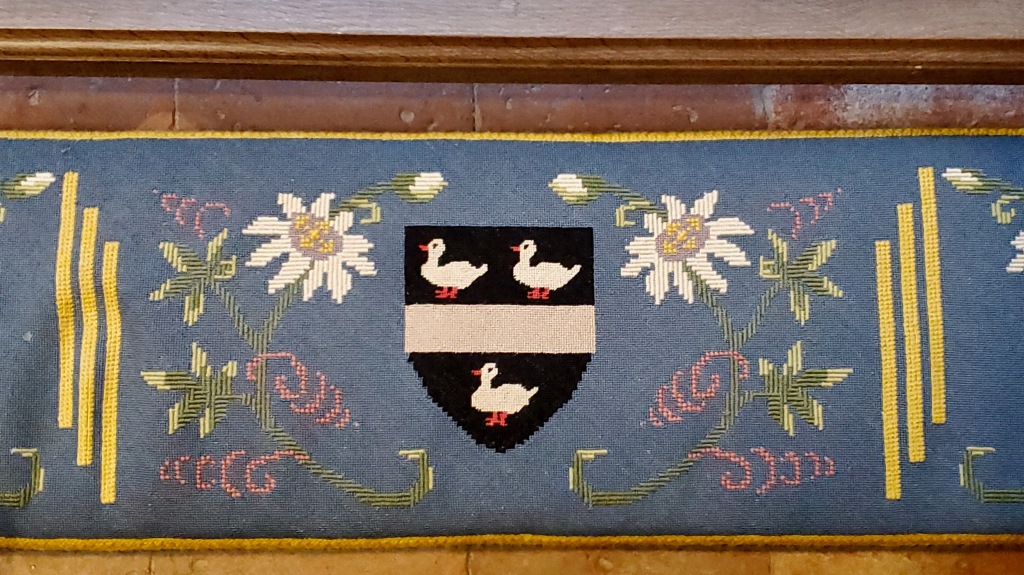
“Armorial bearings are hereditary. They can be borne and used by all the descendants in the legitimate male line of the person to whom they were originally granted or confirmed. To establish a right to arms by inheritance it is necessary to prove a descent from an ancestor who is already recorded as entitled to arms in the registers of the College of Arms.“ from Proving a Right to Arms
As far as I am able to discern not a single SHELDON male residing in America has a proven right to either of the SHELDON Coats of Arms as far as the UK College of Arms is concerned.
That said let’s dive into what we know of the Coat of Arms for the surname SHELDON. An article in the Sheldon Family Association Quarterly, January 1990, Vol. 5, No. 1, page 137 gives much detail and I encourage interested parties to read. Relevant details:
“They invited Dr. Harold Bowditch to speak about ancient English Sheldon Arms at the Reunion at Middlebury, Vermont, in August 1960. He stated coats of arms usage rights descend directly from father to son, but not collaterally, for instance, from uncle to nephew. Hence the mere fact a Sheldon rightfully bore a coat of arms does not mean anyone whose name is Sheldon has a right to appropriate it. This right is limited to the direct descendants of the man who rightfully bore the arms. The eldest son could use the design during his father’s lifetime, but was required to add a special mark called a “label”, which he would remove at his father’s death. The younger sons were required to make some permanent change in design for their identification.
Dr. Bowditch described five general types of old English Sheldon coats of arms:
1. A fess (a broad horizontal bar) between three Sheldrakes, three varieties.
2. On a bend, three birds, two varieties.
3. On a chevron (two diagonal stripes meeting at an angle), three Sheldrakes, on a canton (a region of a field) a rose.
4. A bend between two crosses.
5. On a cross an annulet (a little ring).
Dr. Bowditch recommended since the American Sheldon immigrant ancestry lines at that time, were not documented to English families or heraldic lines, SFA would be wise to adopt a trademark or logo reminiscent of the name, yet not invading the privacy or rights of those of English ancestry who were. This was done by SFA and is reflected in the logo, a crest with ducks and the Association name. (See Fig.1 & 14) The logo was probably based on the coat of arms shown in Fig.14 which was a part of Benjamin Olcott Sheldon’s application for “The Abridged Compendium of American Genealogy.” Leland Sheldon liked the one E. Mark Sheldon used to illustrate his Sheldon Magazine extension in 1955. It was prepared for him by a photo lithographer from a piece of Ruth Bradley Sheldon’s engraved stationery. (See Fig.2) Through the years, sometimes with Mark’s permission sometimes not, Leland used his drawing.”
So what we have for the SHELDON Family Association is a stylized design loosely based on available SHELDON COA. Let’s take a look at some of the early Arms.
SHELDON COAT OF ARMS of WARWICKSHIRE WORCESTERSHIRE
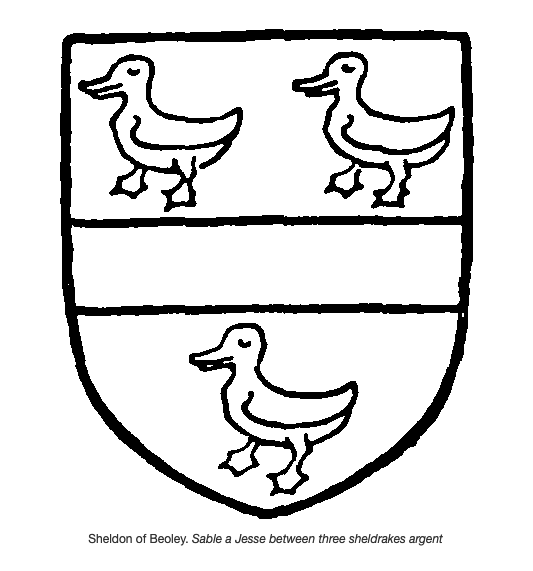
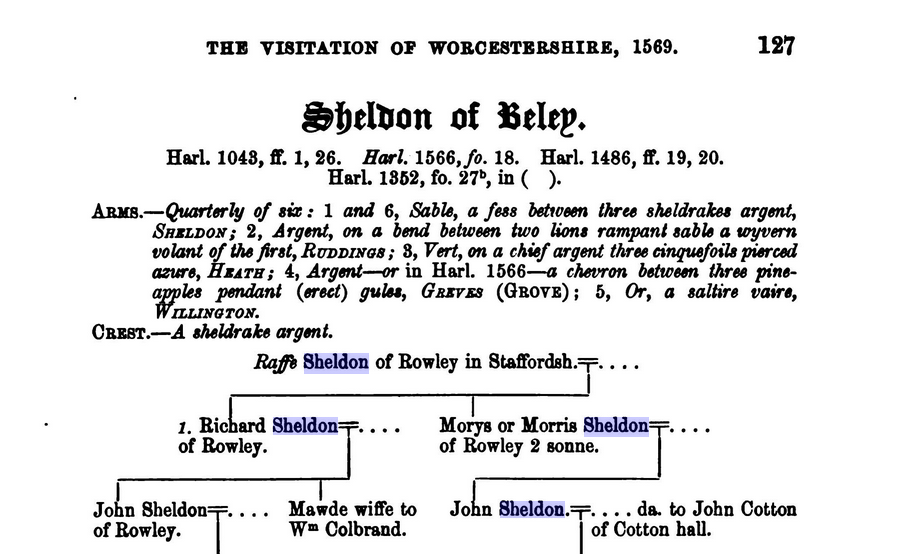
The above description is also include with a drawing in the Visitation of Warwickshire. If the arms date back to this Raffe (Ralph) SHELDON (1375-1464) this would be the earliest we know of the arms.
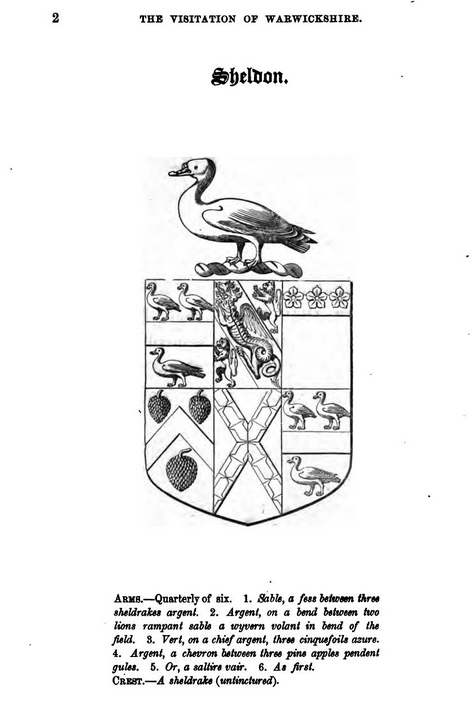

This COA appears on the tomb of William SHELDON (1475-1517) of Abberton and First Lord of Beoley who died without issue. His Brother, Ralph SHELDON (1476-1546) also of Abberton and second Lord of Beoley’s tomb is adjacent and a descent through him confers the arms on the Beoley SHELDONs. This would suggest that the arms may have passed from their father Ralph SHELDON (1450-1476), he the second great grandson of Ralph (Raffe) SHELDON (1375-1464) of Rowley Regis, Worcestershire. Example of this branch SHELDON seals are found here.
This passed through the Beoley, Broadway and Weston branches of SHELDONs all descendants of the SHELDON near Birmingham.
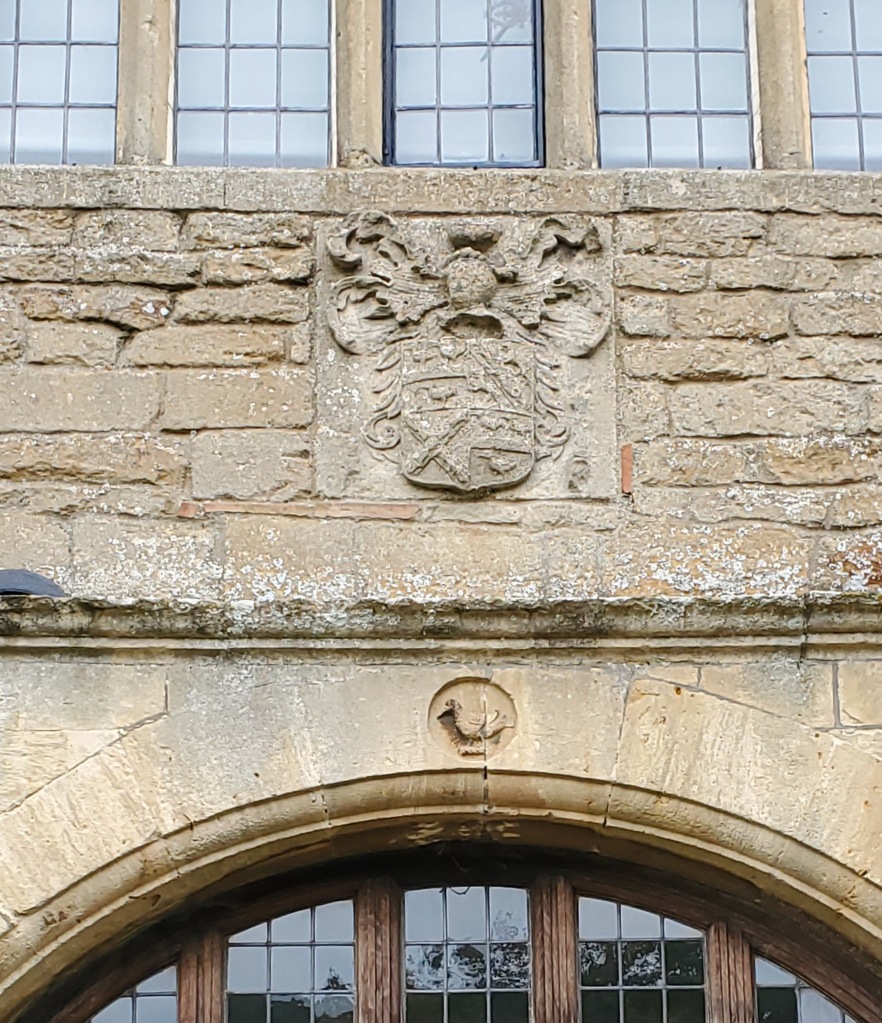
SHELDON COAT OF ARMS DERBYSHIRE
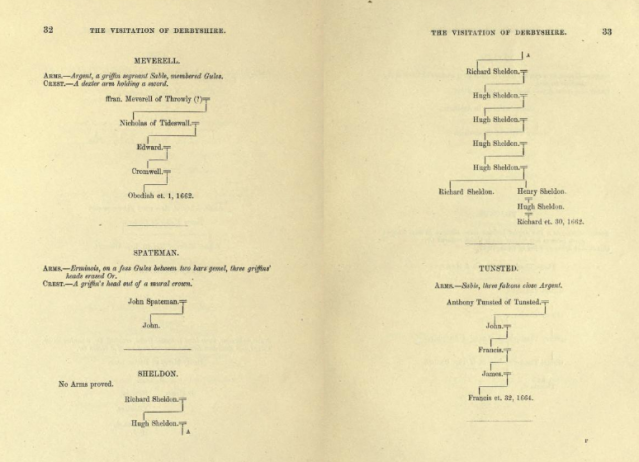
The first usage of a SHELDON COAT of arms by a member of the Derbyshire branch is that of Rev. Gilbert SHELDON (1598-1677) who rose to be Archbishop of Canterbury. Gilbert was granted a COA about 1660. The Sheldonian Theatre in Oxford was built through his generosity and dedicated by him in 1669. I would surmise that at this time he believed that the Derbyshire and Warwickshire SHELDONs were related and his is fashioned of a style similar to the latter. Instead of a fesse separating the Sheldrakes there are Sheldrakes on a chevron. There is also a rose in the upper right hand corner, perhaps suggesting the White Rose of York. More of his arms can be found in the University of Toronto Library Bindings here and his COA is visible in this drawing of him. Only direct descendants are entitled to use these arms and as yet I can find no issue for him.
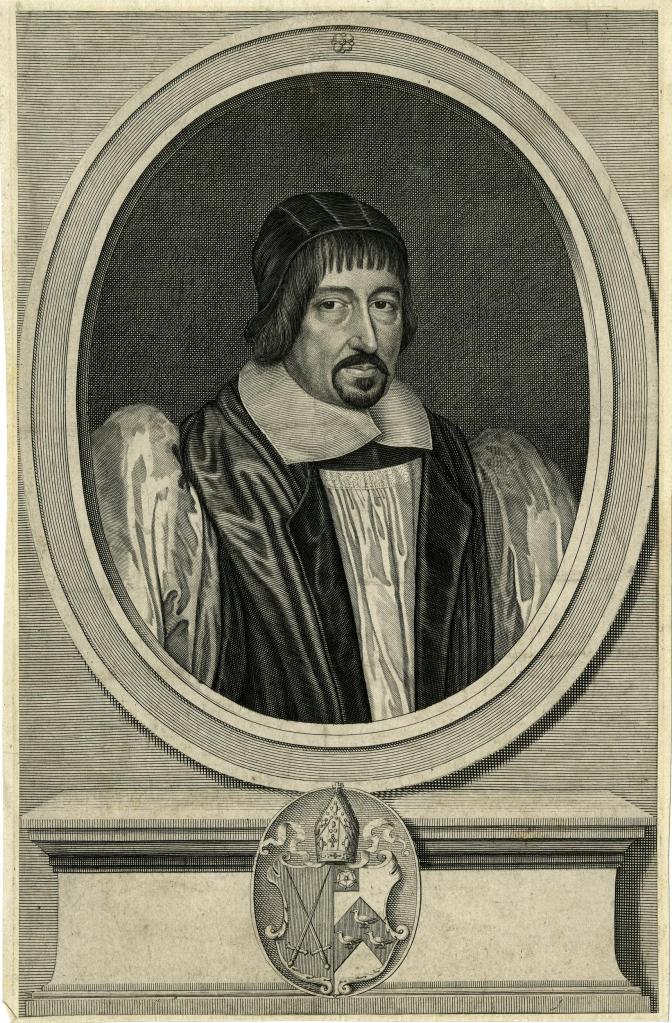
Kelly Wheaton Copyright. All Rights Reserved.